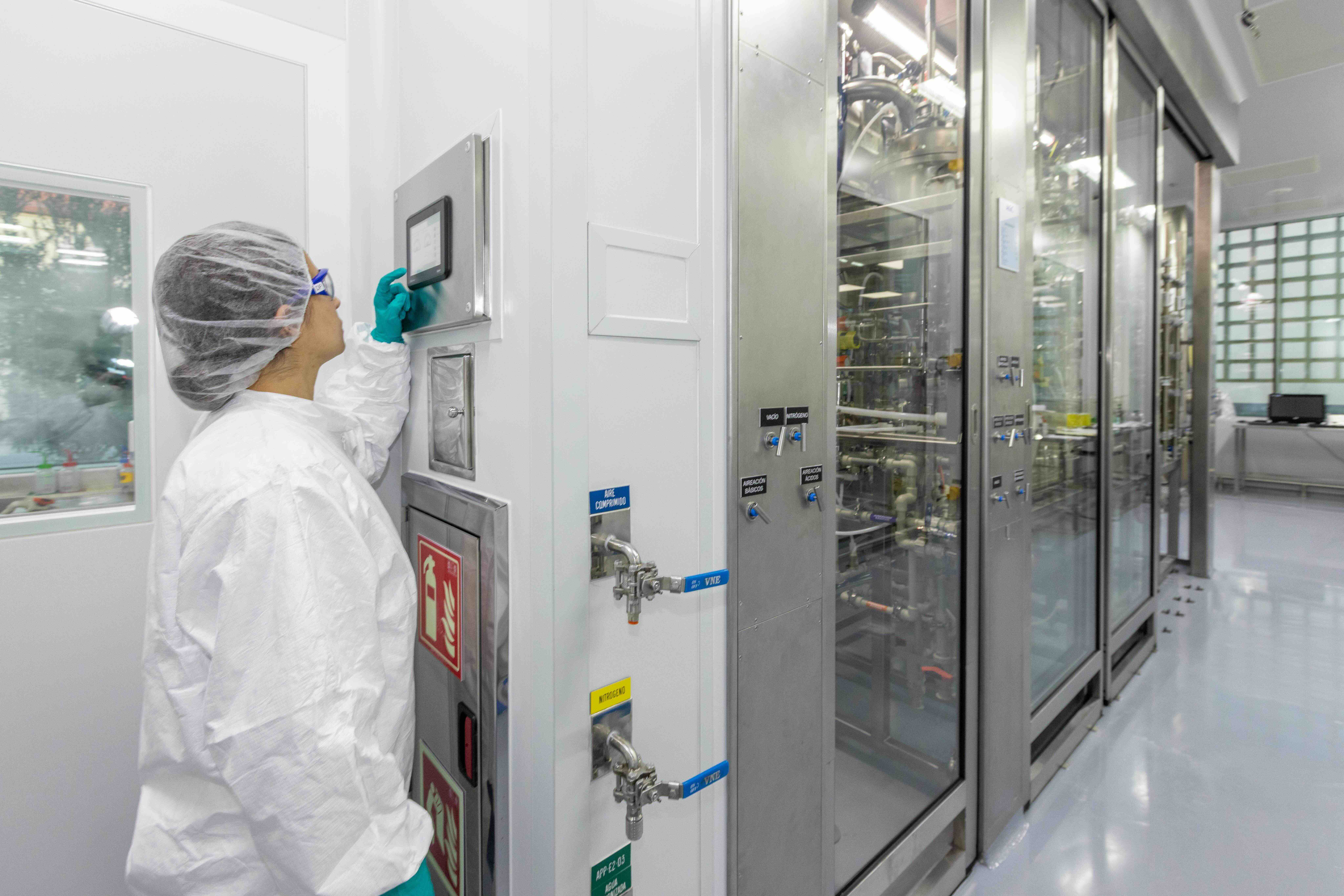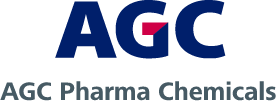Micronization is the process of reducing the particle size of active pharmaceutical ingredients (APIs) to micron-level dimensions, typically below 10 microns. This technique is vital in pharmaceutical manufacturing, particularly for compounds that are poorly soluble in water, as it helps improve drug dissolution, absorption, and bioavailability.
By reducing the size of drug particles, micronization increases their surface area, accelerating how quickly they dissolve once administered. This makes it easier for the body to absorb the drug, especially for oral dosage forms where the gastrointestinal tract plays a key role in bioavailability.
Micronization is a strategic pharmaceutical intervention. It’s used to:
- Overcome solubility barriers in drug development
- Enable consistent dosing of low-solubility APIs
- Improve content uniformity in formulations
- Expand formulation possibilities
Why Particle Size Matters in Pharmaceuticals
In the pharmaceutical world, particle size directly impacts drug performance. According to the Noyes–Whitney equation, the dissolution rate of a substance is proportional to its surface area. Reducing particle size through micronization increases surface area, which enhances dissolution rate—a critical factor for drug absorption.
This is particularly essential for Biopharmaceutics Classification System (BCS) Class II and IV drugs:
- Class II drugs: Low solubility, high permeability. Micronization improves dissolution, unlocking the drug’s bioavailability potential.
- Class IV drugs: Low solubility and permeability. Micronization is often used in tandem with other enhancement strategies.
More than 70% of new chemical entities (NCEs) under development fall into these two classes, making micronization a go-to technology in modern drug formulation

Advanced Technology Tailored for Solubility Challenges
Micronization is particularly crucial for APIs that fall into Biopharmaceutics Classification System (BCS) Class II, which are characterized by low solubility and high permeability. Over 70% of drug candidates today face solubility-related bioavailability issues. By increasing surface area, AGC’s micronization processes promote faster dissolution rates, improving drug absorption and enhancing therapeutic outcomes.
Whether you’re formulating an oral solid dose or a precision inhalation product, AGC Pharma Chemicals’ micronized APIs are optimized to meet your delivery goals. Our particle size control supports:
- Enhanced API solubility
- Improved uniformity in low-dose formulations
- Targeted delivery (e.g., intra-articular or dermal applications)
- Inhalation-ready powder specifications
Over 60 Years of Expertise in API Manufacturing
As a trusted Contract Development and Manufacturing Organization (CDMO) with sites in Barcelona and Japan, AGC Pharma Chemicals brings over 40 years of experience delivering tailored pharmaceutical development and manufacturing solutions.
- We specialize in micronizing small molecule APIs, combining regulatory excellence with technological innovation to deliver outstanding results for our clients.
- Our dual milling system—Hosokawa Alpine Multi-Mill 200 AFG/100 ZPS—enables seamless control over particle size, from ultra-fine 2µm to coarse 50µm, with global variability as low as 0.00–1.10%. This ensures your product’s critical quality attributes remain consistently within spec, batch after batch.
- AGC Pharma Chemicals offers micronization as a standalone service or as part of an end-to-end CDMO solution, making us a highly adaptable partner in your API development journey.
Why Partner with AGC Pharma Chemicals for Micronization?
Our state-of-the-art equipment, combined with a scientific, quality-driven approach, sets us apart:
- Dual mill flexibility (mechanical impact + jet milling)
- Proven performance metrics (yield up to 99.4%)
- Reproducible results with narrow particle size distributions
- OEB4-compliant containment for HAPI safety
- Batch homogeneity across D90 < 10 µm and D50 between 1.5–2.0 µm
Frequently Asked Questions (FAQ)
1. What is micronization and why is it important?
Micronization is the reduction of API particle size to below 10 microns. It increases the drug’s surface area, enhancing dissolution and bioavailability—particularly beneficial for BCS Class II and IV drugs.
2. What technologies does AGC Pharma Chemicals use for micronization?
We use the Hosokawa Alpine Multi-Mill 200 AFG/100 ZPS, combining fluidized bed jet milling and mechanical impact milling to offer superior flexibility and control.
3. Does AGC Pharma Chemicals support HAPI micronization?
Yes. Our facilities are designed for OEB4 containment and are capable of processing highly active APIs safely and efficiently.
4. What industries or formulations benefit from micronized APIs?
Micronization benefits oral solid dosage forms, inhalation therapies, topical formulations, and more, where precise particle size and bioavailability are essential for success.
